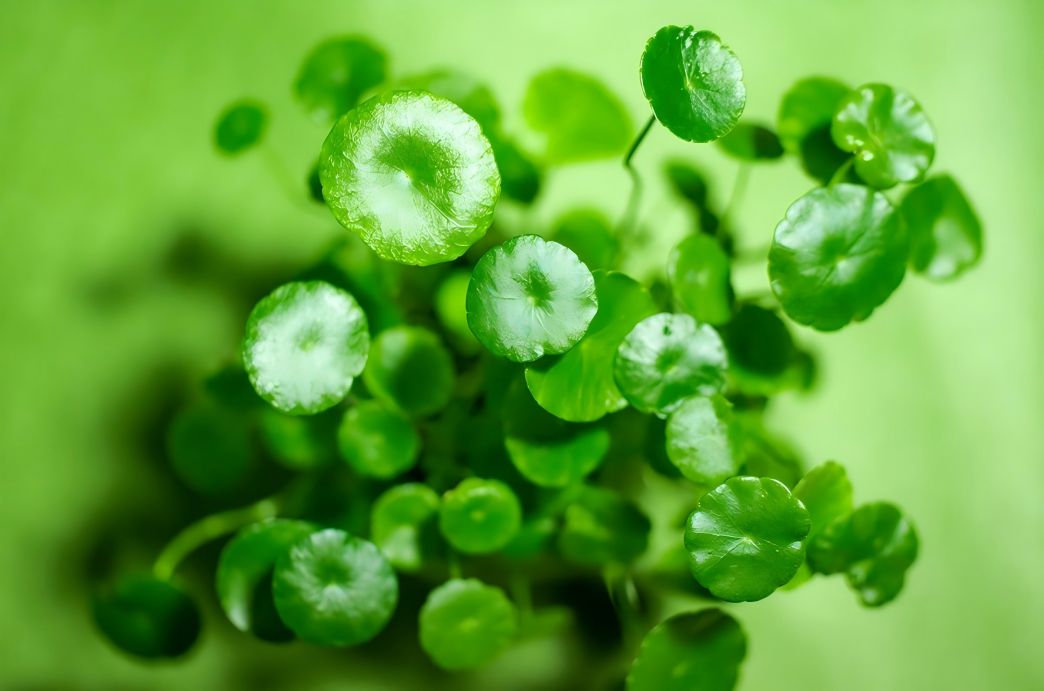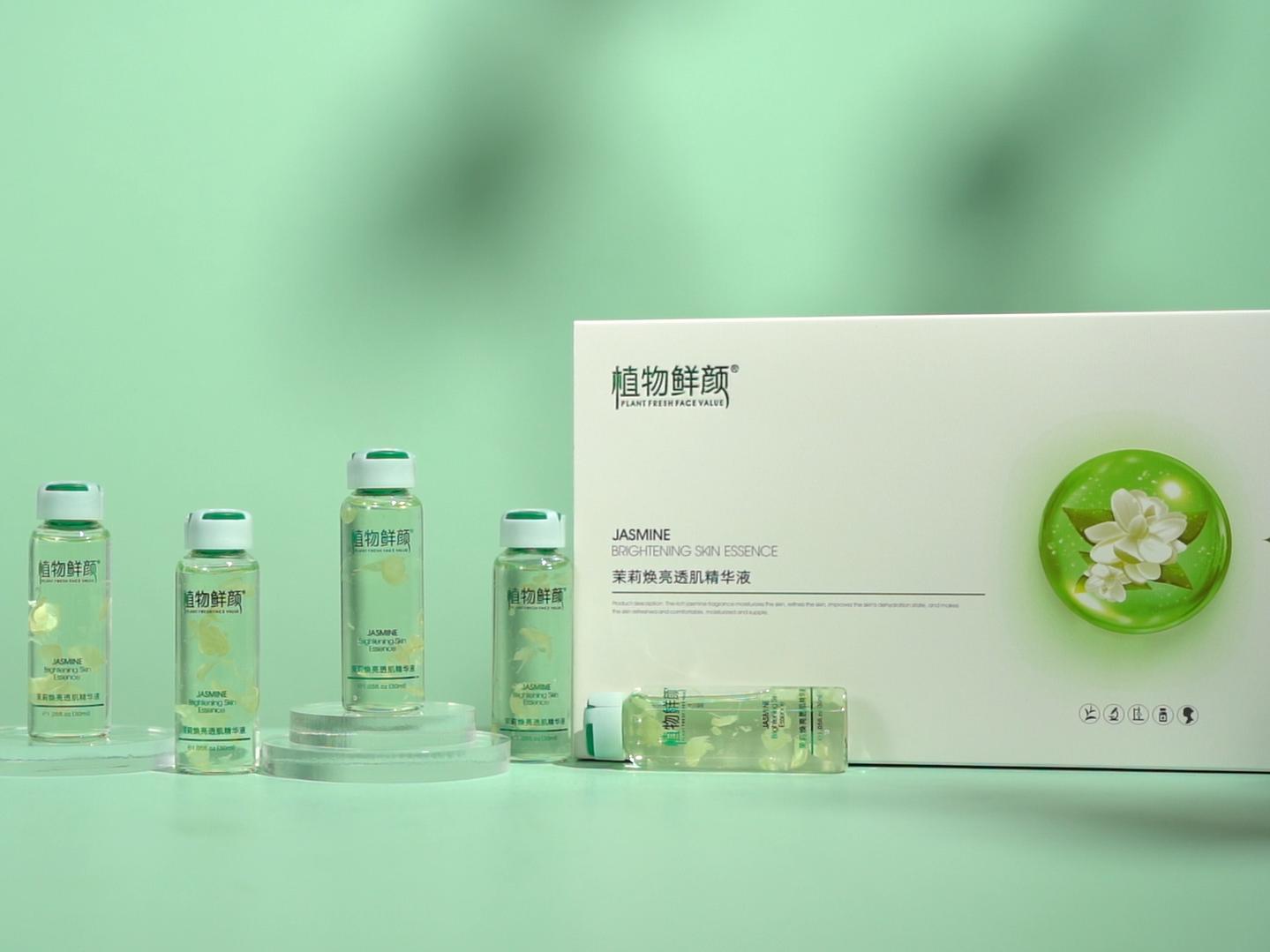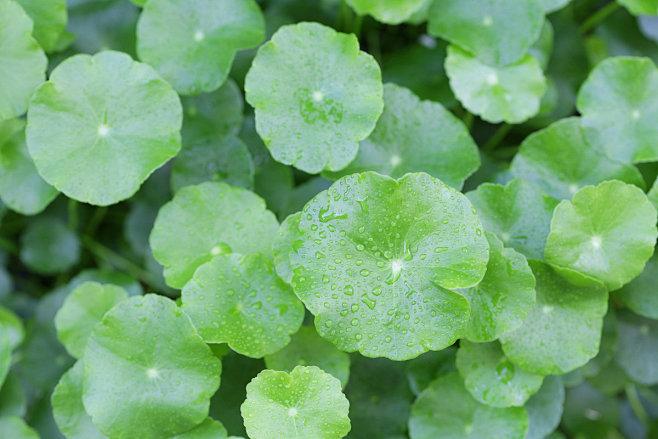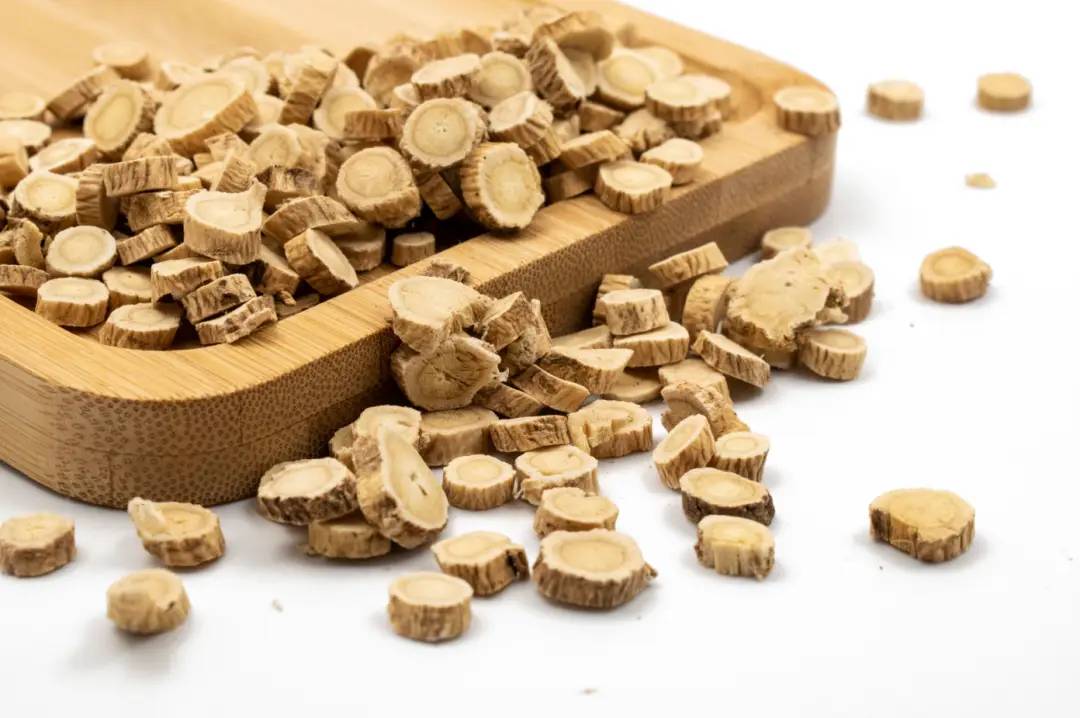The 7 Pharmacological Benefits of Centella Asiatica Extracts
As a traditional Chinese medicine, Centella asiatica has various pharmacological activities. The internal and external use of Centella asiatica has been clinically applied in Chinese medicine for a long time. It is mainly used in the treatment of abdominal pain, dysentery, dampness and heat, hemorrhagic drenching, and bruises and injuries. It has also been used clinically to treat infectious hepatitis, pain relief and acute cerebrospinal meningitis.
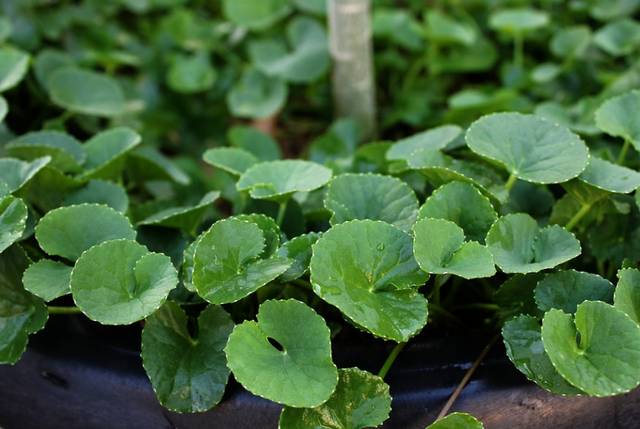
Modern pharmacological studies have shown that Centella asiatica extract also has anticancer, antidepressant, anti-gastric ulcer, prevention and treatment of cardiovascular diseases, as well as cosmetic and other pharmacological effects. It has been documented that Centella asiatica extracts have been found to have beneficial effects in India and other regions. With the continuous improvement of isolation and purification of plant natural products, analytical techniques and pharmacological studies of plant extracts, more and more pharmacological effects of Centella asiatica have been proposed.
The pharmacological benefits of Centella asiatica extracts are mainly focused on the following aspects:
1.Antidepressant
The anxiolytic properties of Centella asiatica extract were assessed by Wijeweera [1] et al. using behavioral models in rats. Test paradigms included an elevated plus maze, open field, social interaction, locomotor activity, punitive drinking and a novel cage test. The results of the experimental studies showed that methanol, ethyl acetate extracts and pure centella asiatica glycosides exhibited the same anxiolytic activity, and it was also found that Centella asiatica glycosides did not affect spontaneous activity in rats and that these actives did not have sedative activity in rodents.
2.Promoting Wound Healing
Bonte[2] et al. cultured human fibroblasts in vitro and gradually added certain concentrations of Centella asiatica extracts, including Centella asiatica glucoside and hydroxycentella asiatica glucoside. In the absence of ascorbic acid, the mixture and each component stimulated the synthesis of collagen and fibronectin to a similar extent, suggesting that Centella asiatica extract has a wound healing effect.
Skykla [3] et al. conducted a systematic experimental study to investigate the activity of Centella asiatica extract, and Centella asiatica glucoside, on delayed wound healing. The experimental results showed that when Centella asiatica extract was applied to the perforated wounds of guinea pigs, the topical application of Centella asiatica glucoside increased the proline content, increased the tensile strength of muscles and the content of collagen, and promoted the formation of epithelial tissues, which ultimately facilitated the healing of the wounds. Oral administration of asiaticoside has also been shown to promote wound healing, and the results of experimental studies have shown that asiaticoside has a significant effect on wound healing in both general wounds and delayed wounds.
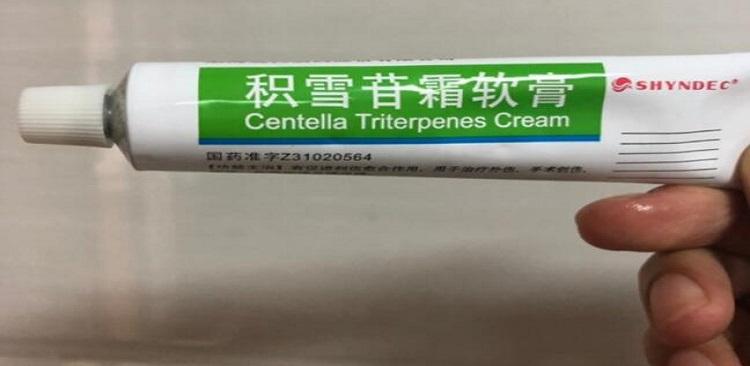
3.Therapeutic Effects on Scarring
Maquart[4] et al. used Centella asiatica to treat burn scarring symptoms by internal and external applications. The experimental results showed that the pain and itching of the skin were relieved in 3-5 days after the use of the drug, which clearly showed that Centella asiatica has the effect of treating burn scars.
Sugunam[5] and others studied the effect of Centella asiatica on the treatment of scarring by transplanting surgically excised burn hyperplastic scars into the subcutaneous area of the internal dorsal scapula of nude mice. The results of the experimental study showed that the number of cell layers and fibroblasts in the scar decreased after the use of Centella asiatica and that Centella asiatica inhibited the over-infiltration of T-lymphocytes and macrophage cells in the burn hyperplastic scar tissue, affected their active functions, and reduced the release of TGF-β1, thus preventing the scar hyperplasia. This method is less toxic and has certain development prospects.
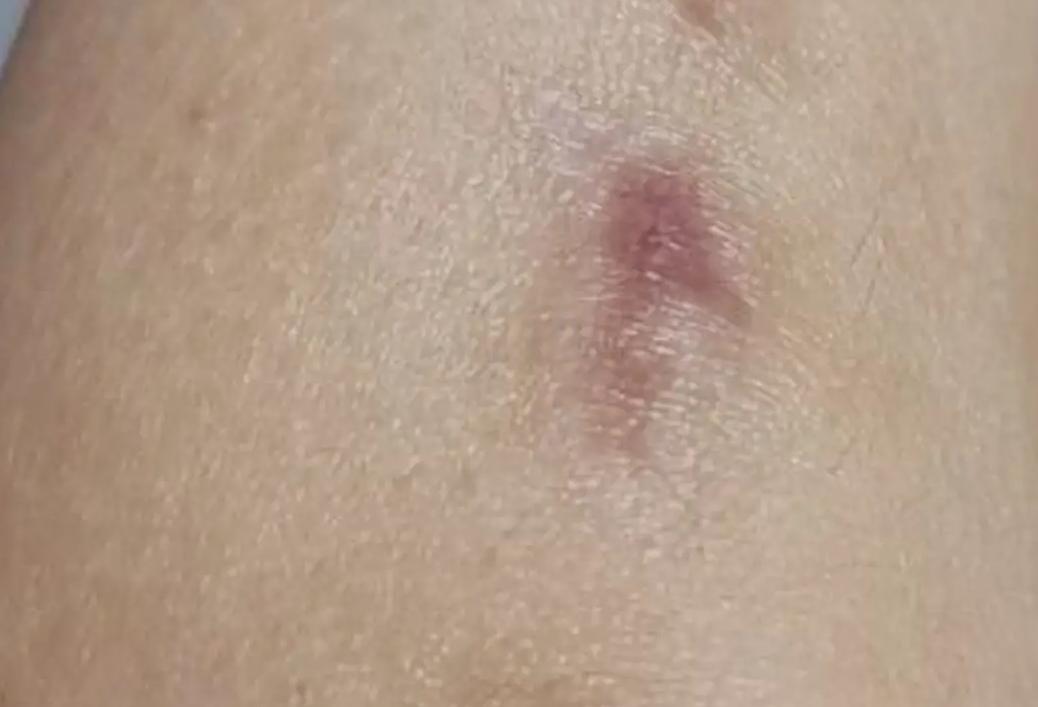
4.Anti-tumor Effect
Babu[6] et al. examined the antitumor effects of Centella asiatica extracts through in vitro short- and long-term chemosensitivity and in vivo tumor modeling systems. The results of the experimental study showed that the extract of Centella asiatica could effectively inhibit the proliferation of tumor cells, and the toxic effects were hardly detected in the lymphocytes of normal human beings. Meanwhile, oral administration of Centella asiatica extract can also inhibit the proliferation of tumor cells and prolong the lifespan of mice.
Shobi[7] et al. induced conditioned taste aversion and weight loss in mice after low-dose whole-body radiation exposure, and the radiation-induced weight loss after using Centella asiatica extract had significant radioprotective effects. The results of the experimental study suggest that Centella asiatica extract can be used to prevent radiation-induced behavioral changes during clinical radiation therapy.
5.Anti-gastric Ulcer Effect
Cheng[8-9] et al. investigated the treatment of ethanol-induced gastric mucosal damage in mice by Centella asiatica extract by Cheng [8-9] verified the anti-ulcer effect of Centella asiatica extract in the treatment of ethanol-induced gastric mucosal damage in mice. The results of the experimental study showed that Centella asiatica extract was able to resist ethanol-induced gastric mucosal damage in mice by enhancing the self-impedance of the gastric mucosa and minimizing the damage caused by free radicals. This demonstrates the anti-ulcer activity of Centella asiatica extract. Oral administration of Centella asiatica extract has also shown some preventive effects and can be used as an antiulcer drug.
Sairam [10] et al. investigated the antiulcerogenic effect of Centella asiatica extract by using fresh Centella asiatica juice in gastric ulcer assay in rats with ethanol, aspirin, cold restraint and pylorus ligation. The results of the experimental study showed that fresh Centella asiatica juice increased the secretion of mucins and glycoproteins, which enhanced the role of the gastric mucosa as a barrier and thus had antiulcer effects.
6.Antimicrobial Effect
Minija [11] et al. were the first to discover that the essential oil of Centella asiatica was strongly bactericidal against the bacteria Escherichia coli, the fungi Aspergillus niger, Candida albicans, Rhizoctonia solani and Fusarium oxysporum. The uses of Centella asiatica extracts are quite diverse and the antimicrobial effect is evident.
Oyedeji[12] et al. showed that the essential oil of Centella asiatica has a wide range of antimicrobial activity, with varying degrees of antagonism against Gram-positive bacteria such as Bacillus subtilis and Staphylococcus spp. as well as Gram-negative bacteria such as Shigella, Escherichia, and Pseudomonas, suggesting that Centella asiatica extracts have antimicrobial activity.
7.Antioxidant Effects
Hanid [13] et al. investigated the antioxidant effects of ethanol, water and petroleum ether extracts of Centella asiatica from different parts of the plant including leaves, petioles, stolons and roots. The results showed that the ethanol extract of Centella asiatica possessed the highest antioxidant activity. The highest antioxidant activity of Centella asiatica root extract was observed at 50°C and neutral pH.
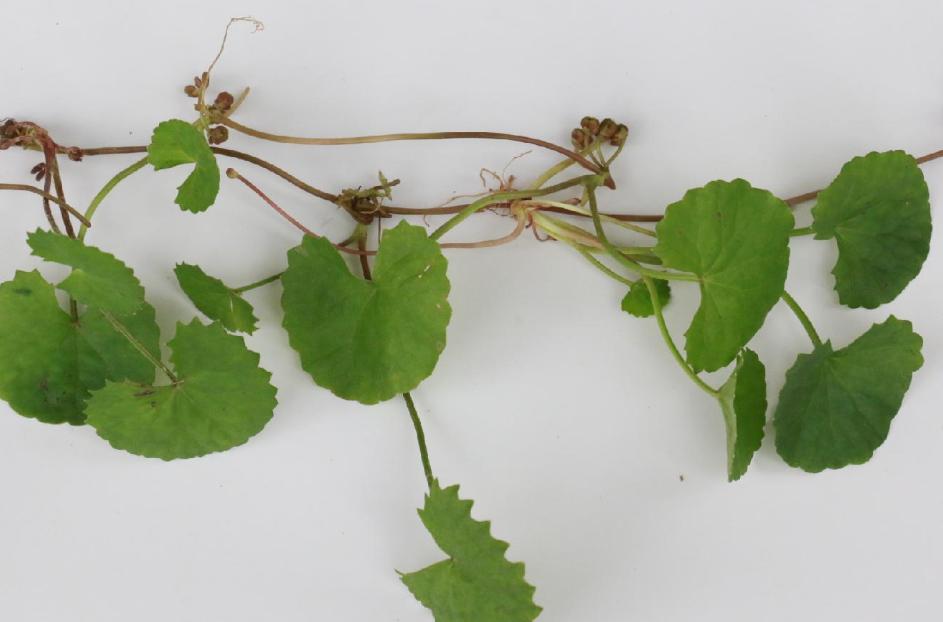
Zainol [14] et al. studied the antioxidant activity of root, leaf, and petiole extracts of Centella asiatica. The antioxidant activity of the extracts was tested using ferric thiocyanate (FTC) and thiobarbituric acid (TBA). The results showed that the root extract of Centella asiatica had the highest antioxidant activity and that phenolic compounds were the main active substances in the antioxidant activity of Centella asiatica.
Reference:
[1] Wijeweera P, Arnason J T, KoszyckiD, et al. Evaluation of anxiolytic properties of Gotukola-(Centella asiatica) extracts and asiaticoside in rat behavioral models[J]. Phytomedicine, 2006, 13(9): 668-676.
[2] Bonte F, Dumas M, Chaudagne C, et al. Influence of asiatic acid, madecassic acid, and asiaticoside on human collagen I synthesis[J]. Planta medica, 1994, 60(02):133-135.
[3] Skykla A., Rasik A. M., Jain G. K., Shankar R., Kulshrestha D. K., Dhawan B. N In vitro and in vivo wound healing activity of asiaticoside isolated from Cetella asiatica. Journal of Ethnopharmacology, 1999, 65(1):1 一 11.
[4] Maquart F X, Chastang F, Simeon A, et al. Triterpenes from Centella asiatica stimulate extracellular matrix accumulation in rat experimental wounds[J]. European journal of dermatology: EJD, 1999, 9(4): 289-296.
[5] Suguna L, Sivakumar P, Chandrakasan G. Effects of Centella asiatica extract on dermal wound healing in rats[J]. Indian Journal of Experimental Biology, 1996, 34(12): 1208-1211.
[6] Babu T D, Kuttan G, Padikkala J. Cytotoxic and anti-tumour properties of certain taxa of Umbelliferae with special reference to Centella asiatica (L.) Urban[J]. Journal of ethnopharmacology, 1995, 48(1): 53-57.
[7] Shobi V, Goel H C. Protection against radiation-induced conditioned taste aversion by Centella asiatica[J]. Physiology & behavior, 2001, 73(1): 19-23.
[8] Cheng C L, Guo J S, Luk J, et al. The healing effects of Centella extract and asiaticoside on acetic acid induced gastric ulcers in rats[J]. Life sciences, 2004, 74(18):2237-2249.


 English
English French
French Spanish
Spanish Russian
Russian Korean
Korean Japanese
Japanese